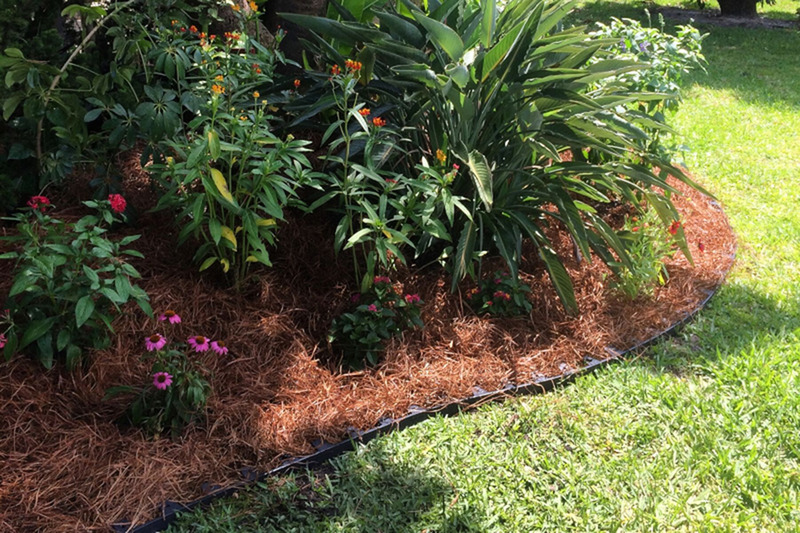How Much Do I Need? - Calculating Mulch, Gravel and More!
Posted: April 23rd, 2021
Whether you live in Melbourne or Rockledge, Florida or anywhere else in Brevard County, Landscape Depot has the products and services you’re looking for. When it comes to designing or reimagining the landscape for your home or business, you want to ensure it looks good but also functions as it is meant to.
As an example, let’s take a look at mulch. Besides adding aesthetic appeal to the landscape around your home, it also serves a purpose: it keeps soil temperature constant, inhibits weed growth and ensures the garden or plants have adequate moisture. However, this only takes place if you add the right amount.
With the use of a few simple equations and charts, you can determine how many cubic feet of mulch, stone, topsoil, etc. you will need for your job or project with a bed of any size!
Determining the Amount Needed
To determine the amount of mulch needed for irregularly shaped garden beds, we suggest you divide them into smaller, practicable shapes. For example, an irregularly shaped garden bed may be broken up into two rectangles, one triangle and one circle.
Once the space is broken up into these smaller, more workable shapes, follow these steps:
Step 1 - Find the square footage of each shape. Following the example in the paragraph above which stated the irregularly shaped garden bed could be broken up into two rectangles, one triangle and one circle. Then, find the square footage for each individual shape.
Finding the Square Footage
Here are a few common shapes that you can use to make up the larger shape of an irregular garden bed:
- Rectangles - multiply the length and width
- 10L x 10W = 100 sq. ft.
- Triangles - multiply the base and height, then divide by 2
- 1/2 x 8B x 5H = 20 sq. ft
- Circles - find the diameter of the circle by measuring from one end to the next, divide by 2 to get the radius, multiply that number by itself, then multiply that number by 3.14
- 10 / 2 = 5 x 5 = 25 x 3.14 = 78.5 sq. ft.
Step 2 - Next, you will need to convert square feet to cubic yards. Take the square footage total you got and divide it by the conversations chart figure below that correlates to a depth of 3 inches.
Conversions Chart - Square Feet to Cubic Yards
(1 cubic yard will cover the subsequent amounts of square footage at the given depth)
- 1" deep = 200 square feet
- 2" deep = 100 square feet
- 3" deep = 75 square feet
- 4" deep = 50 square feet
Once you have found the square footage and know the amount of product you need to complete the job, you may want to consider ordering 10% more than needed as opposed to the exact square footage. It’s much better to have a little extra left over at the end of a job than not enough. You’d be surprised as the uses you can find for the excess material.
Contact Us to Learn More
If you have any questions or need assistance to figure out the correct amount, please contact us and our knowledgeable nursery team will be happy to assist you.

